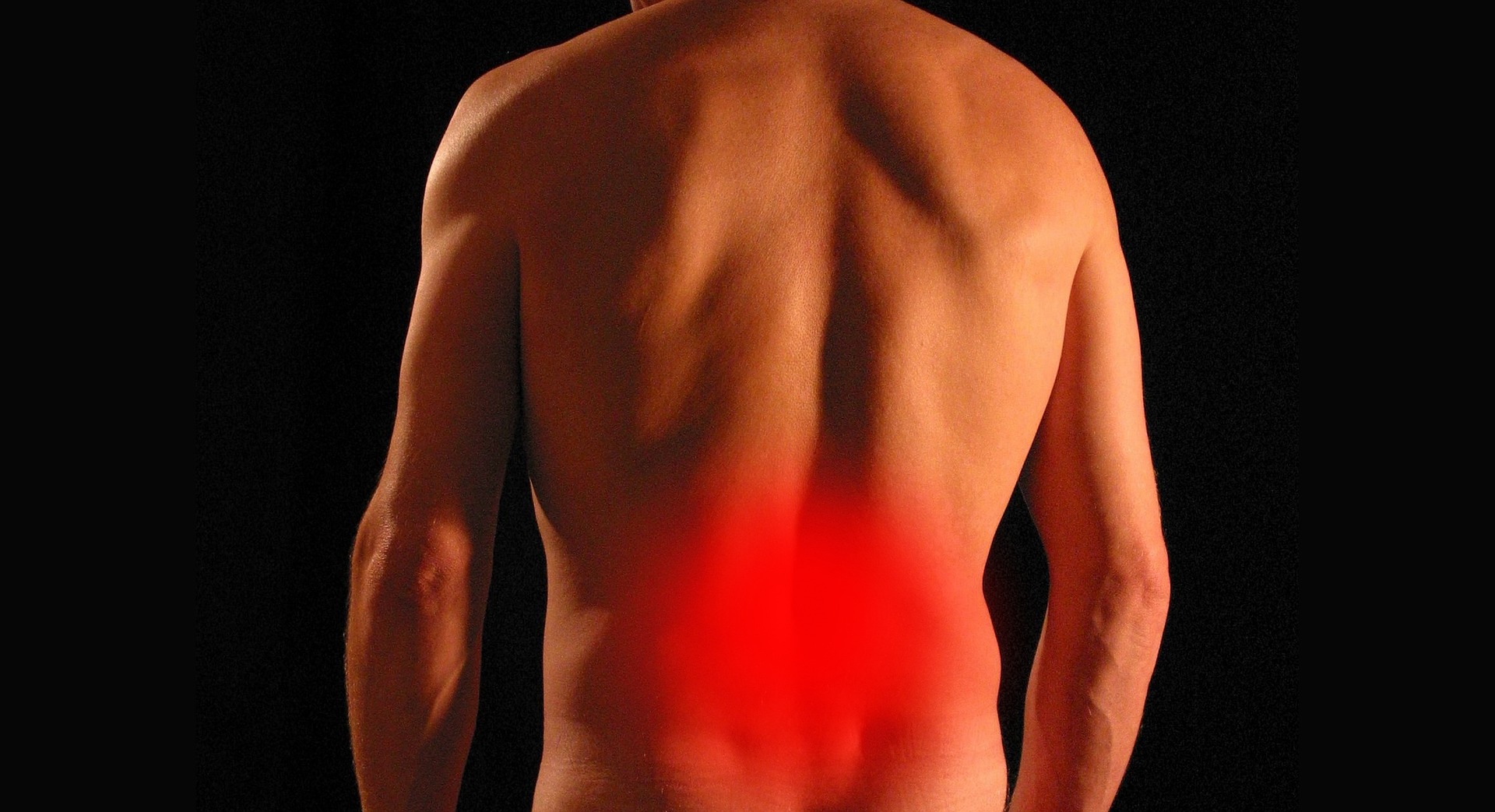When to seek medical advice for unexplained contusions
Unexplained contusions—bruises that appear without a clear injury—can be worrying. This short overview outlines common causes, basic at-home care steps, and clear situations when it is appropriate to seek medical evaluation to ensure underlying conditions are not missed.
Unexplained contusions can show up as dark patches under the skin without a remembered bump or fall, and that can raise concern. A contusion forms when small blood vessels break and blood pools beneath the skin; a larger collection may be called a hematoma. Many factors influence how noticeable a bruise is, including skin tone, circulation, medications, and age. While most minor contusions resolve on their own over days to weeks through natural healing, some patterns—such as repeated unexplained bruises, very large hematomas, or bruises accompanied by other symptoms—warrant medical advice. This article explains typical healing patterns, conservative care measures like cold, compression and elevation, nutritional and circulatory factors that support recovery, and clear signs that suggest a clinician should assess the cause and rule out bleeding disorders or other medical issues.
This article is for informational purposes only and should not be considered medical advice. Please consult a qualified healthcare professional for personalized guidance and treatment.
What is a contusion or hematoma and how do they form?
A contusion is a localized collection of blood beneath the skin after small blood vessels rupture. When bleeding is larger or pooled in tissue, clinicians may call it a hematoma. On the skin surface a contusion typically progresses through colors—red, purple, green, yellow—as hemoglobin breaks down during healing. The appearance and size depend on the depth of injury, the amount of bleeding, and the person’s circulation and skin characteristics. Unexplained contusions sometimes result from minor trauma that went unnoticed, but they can also signal issues such as medication effects, platelet problems, or systemic conditions, so context matters.
How does skin and healing change after a bruise?
Healing of the skin and underlying tissues follows predictable phases: initial bleeding and swelling, inflammation, gradual reabsorption of blood products, and tissue remodeling. Inflammation brings warmth, mild swelling, and tenderness that typically decreases over several days. Color changes reflect breakdown of blood pigments and clearing by immune cells. Most simple contusions show steady improvement within two weeks, though larger hematomas can take longer. Factors that slow healing include older age, poor circulation, certain medications, nutritional deficits, and repeated pressure or injury to the area.
When are cold, compression and elevation useful?
Early care often focuses on limiting bleeding and swelling. Applying cold during the first 24–48 hours can reduce local blood flow and inflammation; use brief, protected cold packs every 10–20 minutes to avoid skin injury. Compression (an elastic bandage) can help contain swelling and provide support, while elevation of the injured limb above heart level reduces fluid pooling and aids circulation. These measures support recovery and pain control alongside rest. Avoid heat in the first 48 hours, which can increase bleeding; after that, gentle warmth may help clear residual fluids and stiffness.
What signs of inflammation or pain suggest further evaluation?
Some inflammation, tenderness and pain are normal, but worsening pain, rapidly enlarging swelling, increasing redness, fever, or loss of function are concerning. Persistent numbness, coldness, or pale skin near a contusion may indicate compromised circulation and requires prompt assessment. Recurrent unexplained bruises, bruises that occur with minimal or no trauma, or bruises in unusual locations (such as the torso or around the eyes without clear cause) should prompt discussion with a clinician to evaluate for bleeding disorders, medication interactions (including anticoagulants and some supplements), or other systemic causes.
How do nutrition, collagen and vitamins affect recovery?
Nutrition plays a supporting role in tissue repair and vessel integrity. Adequate protein supplies amino acids for collagen synthesis, while vitamin C supports collagen formation and wound healing. Other nutrients—vitamin K, zinc, and certain B vitamins—also contribute to clotting and tissue repair. Poor nutrition can slow recovery and reduce skin resilience. If you suspect diet is a factor, a clinician or dietitian can recommend targeted changes; however, supplements should be used cautiously, especially if you are on blood-thinning medications, because some herbal products and high-dose supplements can affect bleeding risk.
Why circulation, rest and follow-up matter and when to seek care
Good circulation helps clear bruises by transporting breakdown products away from the site, so gentle movement and ankle pumps for limb injuries can be helpful once acute pain subsides. Adequate rest reduces the risk of re-injury and supports recovery. Seek medical advice if a contusion is enlarging, extremely painful, causing functional limitation, or accompanied by systemic signs such as unexplained weight loss, night sweats, or persistent fatigue. If you use anticoagulant therapy, have a known bleeding disorder, or notice repeated unexplained contusions, contact your healthcare provider or local services for evaluation; timely testing can identify treatable causes.
In summary, most isolated contusions and small hematomas resolve with conservative care—cold, compression, elevation, rest, and attention to nutrition—while mindful monitoring for worsening inflammation, pain, or recurrent unexplained bruising is important. When bruises are large, painful, recurrent, or accompanied by other concerning symptoms, medical evaluation can clarify causes and guide appropriate treatment to support healing and overall health.







